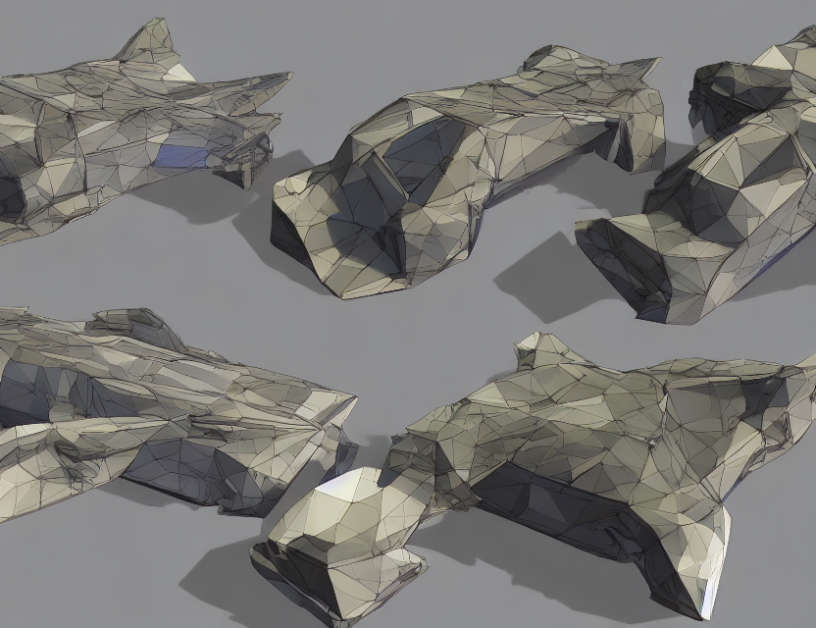Phantoms are used to simulate human tissues for medical procedures, such as needle insertions. In this study, researchers compared the accuracy of needle insertions in different phantoms using a computer simulation called finite element analysis (FEA). They tested four different phantoms with varying mechanical properties and found that the results varied depending on the phantom used.
The researchers started with a simple phantom (layer 2) and gradually added more layers to make it more complex, while maintaining the same mechanical properties as the top two layers. They found that the accuracy of needle insertions improved as they added more layers, but the results were not the same for all phantoms.
The study showed that Phantom 1 was different from Phantom 2 in terms of mechanical properties, so the parameters identified for Phantom 2 may not work for Phantom 1. Similarly, although Phantom 3 was designed to replicate Phantom 2, it had some differences due to being created by two different people at different times.
The study highlights the limitations of using a single phantom to simulate human tissues and the importance of considering patient-to-patient variability in medical procedures. The researchers conclude that there is no one-size-fits-all solution for needle insertions, and each phantom must be tailored to its specific mechanical properties.
In simpler terms, this study used computer simulations to compare the accuracy of needle insertions in different artificial tissues, called phantoms. The researchers found that the accuracy improved as they added more layers to the phantoms, but the results varied depending on which phantom was used. They also showed that using a single phantom to simulate human tissues can be misleading and that each phantom must be customized to its unique mechanical properties.
Model Generalization to Diverse Phantoms: A Finite Element Study



